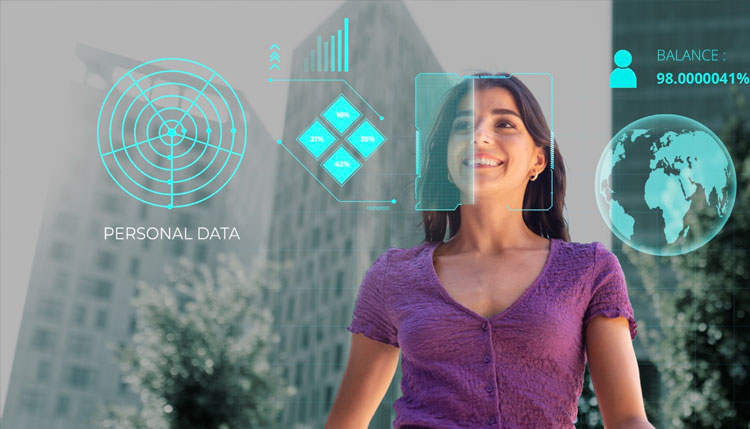
Behavioural Biometrics: Beyond Physical Devices
In the realm of biometric technology, the evolution has been rapid and remarkable. Traditionally, biometrics has been synonymous with physical identifiers such as fingerprints, facial recognition, iris scans, and DNA profiling. However, the scope of biometrics is expanding beyond these physical characteristics, delving into the fascinating world of behavioral biometrics. This emerging field is redefining security, convenience, and personalization in various sectors, from banking to healthcare.
The Emergence of Behavioral Biometrics
Behavioral biometrics refers to the measurement and analysis of human behavior patterns. This can include voice recognition, gait analysis, handwriting, and even typing patterns. Unlike physical biometrics, which are static and unchangeable, behavioral biometrics are dynamic and involve the analysis of patterns in human activities. The technology uses sophisticated algorithms to analyze the subtle intricacies in how a person interacts with their environment or devices.
Why Behavioral Biometrics?
One might wonder why there is a shift towards behavioral biometrics. The answer lies in its unique advantages:
- Difficult to Mimic: Behavioral traits are inherently difficult to replicate. For instance, the way a person types on a keyboard involves complex patterns of speed and rhythm that are nearly impossible to duplicate accurately.
- Continual Authentication: While traditional biometrics authenticate at a single point in time, behavioral biometrics can offer continuous verification. This ongoing monitoring provides a higher level of security.
- Non-Intrusive and Passive: Many behavioral biometrics are collected passively, without the need for active participation from the user. This enhances user convenience and experience.
- Adaptive and Learning Systems: Behavioral biometrics systems are designed to adapt and learn from new data, making them more robust over time.
Applications of Behavioral Biometrics
The applications of behavioral biometrics are diverse and expanding:
- Banking and Financial Services: Financial institutions are leveraging behavioral biometrics for fraud detection and enhancing customer authentication processes. Typing patterns, mouse movements, and navigation behaviors on banking apps or websites can flag fraudulent activities.
- Healthcare: In healthcare, gait analysis can aid in early diagnosis of conditions like Parkinson’s disease. Also, voice recognition technologies are being used for remote patient monitoring and for assisting differently-abled individuals.
- Cybersecurity: Behavioral biometrics adds an extra layer of security in cybersecurity, making it significantly more challenging for hackers to gain unauthorized access.
- Consumer Electronics: Devices like smartphones and computers are increasingly incorporating behavioral biometrics for user authentication, offering an added convenience to users.
The Future of Biometrics
The future of biometrics is not confined to physical or behavioral alone; it’s likely to be a hybrid approach. This convergence could offer unprecedented levels of security and personalization. As technology advances, so will the capability to integrate these biometric systems seamlessly into our daily lives, making interactions more secure, efficient, and tailored to individual preferences.
In conclusion, as we step into this new era of biometrics, the emphasis must be on balancing innovation with ethical responsibility and privacy preservation. The potential of behavioral biometrics is enormous, and its responsible implementation could revolutionize the way we think about security, identity, and personalization in the digital age. For more information, please visit www.trueid.in











